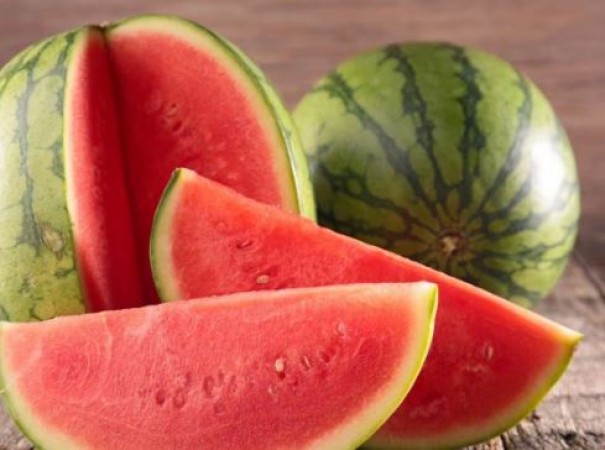
Watermelons are a beloved summertime treat enjoyed by millions around the world. While they are typically known for their refreshing taste and vibrant colors, concerns about chemical contamination have raised questions about their safety. In this guide, we will explore how to identify chemicals in watermelons and take steps to ensure their safety for consumption.
Understanding Chemical Contaminants in Watermelons
Chemical contaminants in watermelons can arise from various sources, including pesticides, fertilizers, and environmental pollutants. These chemicals can potentially pose health risks if consumed in high quantities. Common contaminants found in watermelons include:
Pesticides: Agricultural pesticides are often used to protect watermelon crops from pests and diseases. However, residues of these chemicals can remain on the fruit's surface, posing a risk to consumers.
Fertilizers: Chemical fertilizers containing nitrogen, phosphorus, and potassium are commonly used to enhance watermelon growth. However, excessive use of fertilizers can lead to chemical buildup in the fruit.
Environmental Pollutants: Watermelons grown in polluted environments may absorb contaminants from the soil and water, including heavy metals and industrial chemicals.
Identifying Chemicals in Watermelons
While it may be challenging to detect chemical contaminants in watermelons without specialized equipment, there are some steps consumers can take to minimize their exposure:
1. Know the Source: Purchase watermelons from reputable sources, such as local farmers' markets or certified organic farms. These sources are more likely to use sustainable farming practices that minimize chemical contamination.
2. Look for Organic Options: Choose organic watermelons whenever possible. Organic farming practices prohibit the use of synthetic pesticides and fertilizers, reducing the risk of chemical contamination.
3. Wash Thoroughly: Before consuming watermelon, wash it thoroughly under running water to remove any surface contaminants. Scrubbing the rind with a brush can help remove dirt and residue.
4. Avoid Damaged or Bruised Fruit: Discard watermelons that are damaged, bruised, or have signs of decay. These areas may have higher concentrations of chemical contaminants.
5. Consider Testing: For those concerned about chemical contamination, home testing kits are available to detect pesticide residues on fruits and vegetables. These kits can provide peace of mind for consumers. While chemical contaminants in watermelons are a concern, consumers can take proactive steps to minimize their exposure and ensure the safety of the fruit. By knowing the source, choosing organic options, washing thoroughly, avoiding damaged fruit, and considering testing, individuals can enjoy delicious watermelons with confidence.
Make a plan to go here with your partner, this is a romantic destination
These places in India are best for honeymoon, spend quality time with your partner